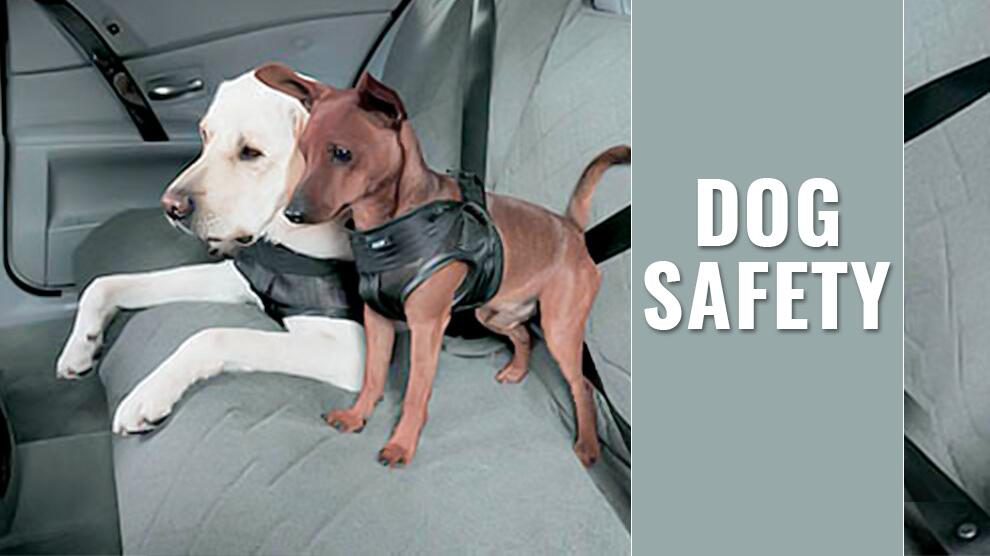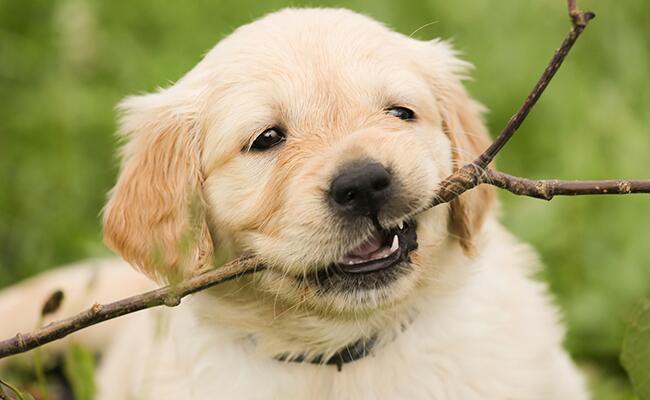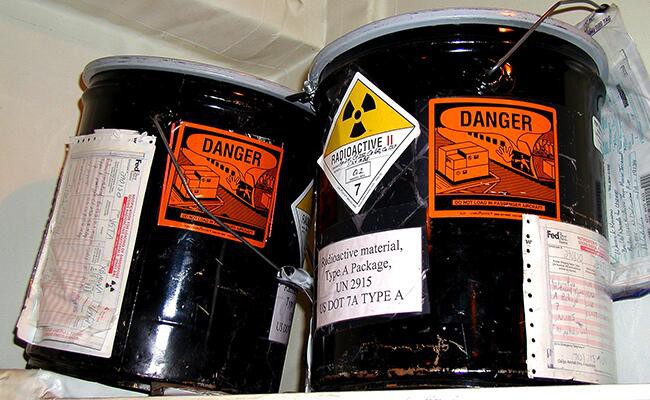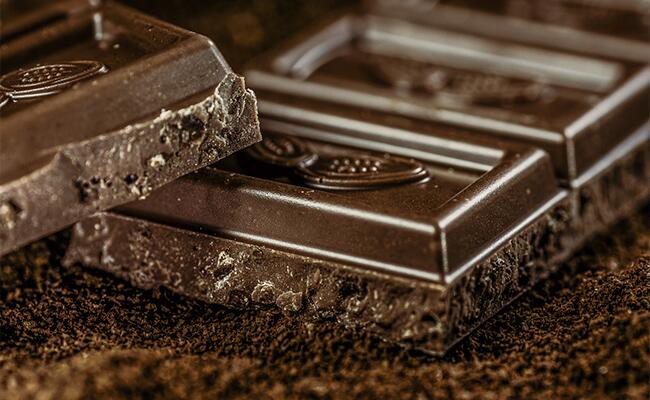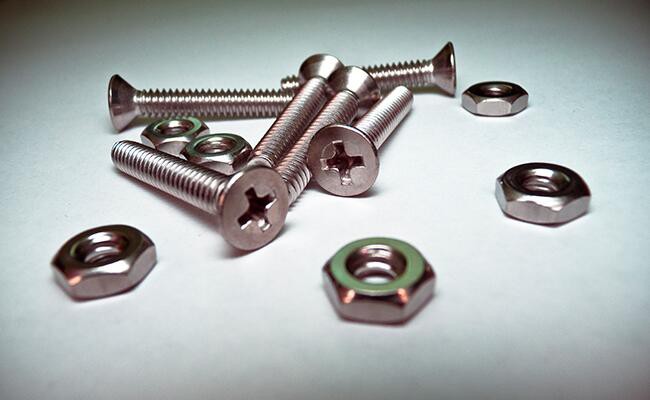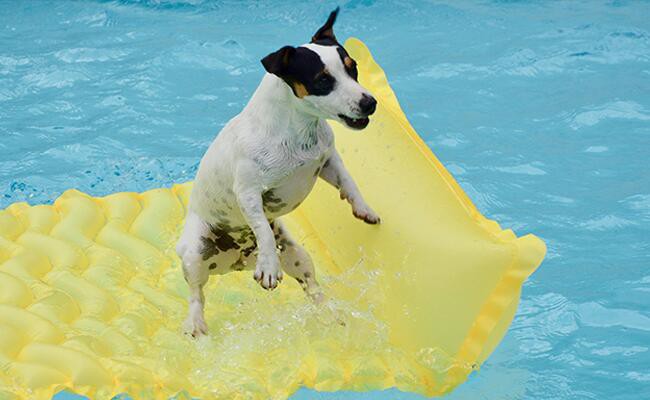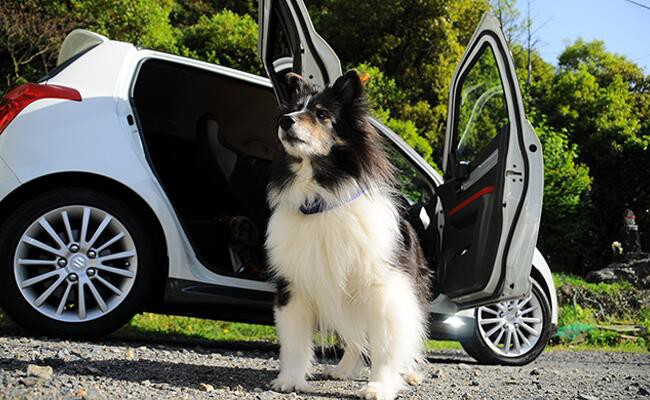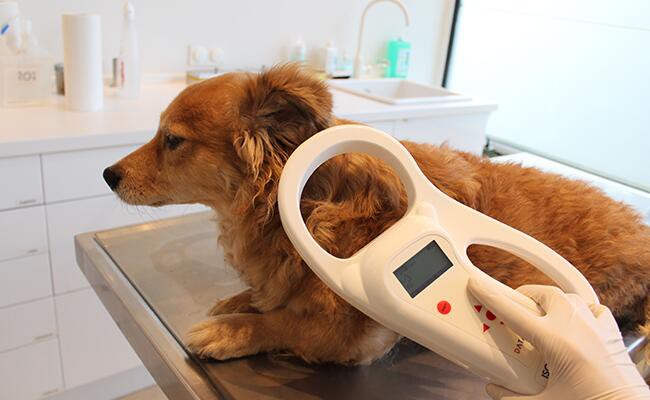Dog Pregnancy Calculator And Timeline
Dogs take life lightly. They get fed and sleep regularly. They don’t care about getting injured as they speed through every opportunity in life.
A second of irresponsibility in a dog’s life can cause serious injury and this is the reason why they should not be left unattended for long.
With proper guidance and information, most dog dangers can be prevented or eliminated.
Chewable Hazards
Starting from six weeks and all the way up to one year of age, your dog may appear like a munching machine.
In the beginning, puppies love using their baby teeth on a range of things from rugs, houseplants, upholstery, eyeglasses, TV remotes, toys, and fingers.
At four-months-of-age, he begins to chew anything and everything from corners of stairs, arms of people, to furniture legs.
At seven-months-of age, he’s grown a bit strong but his jaw muscles aren’t strong enough yet.
Dogs chew to keep their teeth strong and clean and it provides them with a certain level of exercise.
Chewings turn into a nightmare only when they bite on our items.
They simply follow nature, chewing or biting whatever they find. It is our duty as a responsible dog lover to teach them what is right and what is wrong.
Canines and Puppies, in particular, discover their environment by chewing as much as they can.
Hazardous Substances
Some toxic substances such as antifreeze, for instance, have flavors that dogs like.
Even a little amount of antifreeze can cause big problems; however, its unique and distinct taste attracts dogs to it.
Rat and slug poisons are other examples of hazardous toxins that can paralyze or even kill a cat or dog.
If you prefer to use any of these toxic materials, be sure to safeguard children and animals from accidentally eating them.
Hazardous Food
Ordinary foods for humans can cause harm.
- Alcohol is a must “no” because it can cause permanent damage to the liver
- Chop bones and chicken bones can injure the intestines
- Chocolate both dark and white leads to seizures
- Excessive amounts of salt can damage the kidneys
- Spicy or fatty foods can rupture a dog’s pancreas
It’s definitely a mystery how dogs survived in olden times because they all ate what they could find on the owner’s table.
Preventing Hazards
Move on your knees and hands, at your dog height, and scan around. You will be literally amazed how special the world looks.
Take a look at the table bottoms, catch the glimpse of the waste bin at your nose level, and so on.
If you find anything dangerous, delicate, and interesting, down there at dog level, please be sure that your dog will find it too. Push all the temptations out of the way.
At present, there are plenty of bitter-tasting pastes and sprays that make objects less attractive to bite or chew. If the dog tastes the bitter item, the item may finally lose its appeal.
Provide popular and smart interactive chew bones or toys to keep his mouth happy and busy and he should better leave your item alone.
The most simple way to prevent chewing or eating issues is by refusing a dog to move around freely when unattended.
Supervise his movements and do not let him wander simply around the house.
How to stop chewing?
If you teach your dog to chew only on approved objects, he will cause less trouble to other things.
There are plenty of chew toys that carry food inside and then release small pieces of food intermittently.
These type of toys that motivates the dog to chew in order to get better goodies.
Continuous chewing and biting the toy repeatedly, trying to get food out will provide a sense of satisfaction. It stops bad behaviors.
When your dog does something he should not, take it away. Replace it with something he really likes.
Escaping Bad Habits
An intelligent dog left alone will definitely search for things to do exercise as well as for pastime activities.
A good sturdy fence can stop his ability to roam around but it will only reduce his drive and not stop it.
Sharing the explorations might increase the bond between you and your dog making him less inclined to wander aimlessly.
Outdoor Hazards for your dog- Garden and Home Dangers
Dogs are good at locating hazards and puppies are excellent at getting into trouble.
If your dog chews a plant that may be dangerous, find the exact plant and collect a sample.
You better call your vet right away instead of buying time.
Hazardous Plants
Toxic House Plants
| Name Of The Plant | Toxic section |
|---|---|
| Mistletoe | All parts of the plant |
| Poinsettia | Flowers, leaves |
| Oleander | All parts of the plant |
| Dieffenbachia | All parts of the plant |
Toxic Shrubs and Trees
| Toxic Trees | Shrubs |
|---|---|
| Oaks | Acorns, leaves |
| Elderberry | Red berries, leaves, shoots, bark |
| Cherry | Leaves, twigs |
| Black Locust | Leaves, seeds, sprouts, bark |
Ornamental Trees Toxins
| Flower Name | Toxic Portion |
|---|---|
| Yew | Foliage, berries |
| Wisteria | Pods, seeds |
| Magnolia | Flower |
| Holly | Berries |
Toxic Garden Plants for Dogs
| Vegetable Name | Toxic Portion |
|---|---|
| Tomato | Leaves |
| Rhubarb | Leaves |
| Potato | All green parts |
Flower Garden- Plants Toxic to dogs
| Flower | Toxic Part |
|---|---|
| Sweet pea | Seeds |
| Star of Bethlehem | Flowers, leaves |
| Daffodil, Narcissus | Bulbs |
| Monkshood | Fleshy roots |
| Lily of the valley | Flowers, leaves |
| Larkspur | Seeds, young plant |
| Iris | Underground rhizomes |
| Hyacinth | Bulbs |
| Castor bean | Seeds |
| Bleeding heart | Roots, foliage |
| Autumn crocus | Bulbs |
Inedible Items
These are the lists of inedible as well as indigestible objects dogs have eaten
- Batteries
- Bullets
- Bolts
- Tacks
- Needles
- Screws
- Socks
- Rocks
- Rings
- Coins
As you hazard proof your home, just because you don’t eat certain things, it does not mean that your dog won’t eat it either.
Puppies are at bigger risk for ingesting hazardous items, but almost all dogs might test his environment.
Prevention of bad things is up to the owner.
Dog Commands – Safety First!
Dog owners misuse the command “No” for all things.
To stay safe, your dog should learn specific commands including a move away from tricky distractions, not touch something, commands to hold still and stop, and so on.
These dog commands are not at all difficult to teach. They can easily save your dog’s life.
Come Away
The informal come away means the dog need not come and kneel in the front. He should come close enough to grab a treat.
Leave It or Off
Most dogs are fast enough to munch anything tasty. When you say “Off” command, your dog should not sniff or touch an item.
Some handlers can replace the “Off” with the “Leave It” command but the “Off” sound carries an uncanny resemblance to a dog’s “Rrrrrofffffff.”
Wait
This command instructs a dog to “Wait. Don’t move!” “Wait” command is useful at traffic signals and when moving around a secure area, car, or room.
Swimming Pool Safety For Your Dog
Many dogs love a cool plunge in the swimming pool. Humans too swim in the chlorine water and at times will ingest without great harm.
A dog’s ears, nose, and eyes are very delicate and multiple times more sensitive than humans.
Some dogs can use the swimming pool as a large personal dog bowl, and you should immediately discourage this behavior if you this in your dog.
A regular swimming pool ladder fixed on the wall can be impossible for your dog to climb out safely.
The ideal way to prevent hazard is to build a fence around the pool.
Try installing a ladder suitable for your dog to climb out.
Monitor your dog closely and never allow him near the pool without any adult supervision.
Dog Safety - How To Safely Get In And Around Cars?
Before you actually open the door, command your dog to “Wait.” Never allow your dog to enter the car if he disobeys the command.
The safest and secure way for a dog to ride in a car or for that matter any vehicle- your dog’s crate-den is ideal.
Always position the crate right next to you in the vehicle, with the crate opening toward you.
The crate is useful in limiting your dog’s view and thereby plays a major role in reducing his anxiety. Your dog will learn to become a calm passenger.
The second best option to keep your pet safe while traveling – Wear your dog a seat harness sold in pet supply stores. He will stay put in case of emergency turns and stops.
No pet should be allowed to ride loose in the car or any vehicle; he may injure himself or get thrown out.
Most dogs love going for long rides. They might get excited when they encounter other animals or dogs along the road.
Drive with a friend, so when one person drives, the other person can train the dog all song.
Always use a cross knot to secure the dog in the car or truck. A good well-fastened crate appears safer for your dog while traveling.
Dog Tags, Microchip, Tattoos, Pet Cameras And Trackers
Your dog should never leave the comfort of your home without a tag or an ID. Also, pet cameras and trackers do help a lot in handling dog safety.
Microchip ID
Microchipping is the most ideal and popular way to locate a missing dog.
A small microchip is injected between your dog’s blades under a vet’s supervision.
The chip stays in that place and can be scanned using a digital scanner.
For a very small fee, most national registries will document tattoos and microchip numbers for later use.
Tattoos
Tattoos are normally inked on the inner thigh or the inner flank.
This is an inexpensive method and many breeders tattoo puppies with letter and numbers that help them identify them individually.

